While I cannot speak for anybody else on the spectrum, I will say that such characters appealed to me because they were easier to relate to, and it was easier to interpret their motivations because they used exaggerated body language instead of typical nuanced human body language. Most of all, they were just plain fun. If your child likes these types of characters, then I can recommend a few movies from across the generations that they are sure to enjoy. Unless otherwise specified, all of these movies are rated G or PG.
The Back to the Future trilogy

Universal Pictures/Amblin Entertainment
In my all-time favorite series of movies, what drew me in as a nine-year old and what might appeal to your child is the character of Doc Brown. The eccentric scientist lives in a garage with his dog. He is withdrawn from the world at large but has a deep inner-life, one in which he constantly thinks up new inventions. And of course, his most well-known invention throughout the series is his time machine, built into a DeLorean. What’s not to like?
Note: Although rated PG, these films contain a few brief scenes involving violence and death that might be disturbing to very young children. I recommend these films for kids aged 7 and older.
Lilo and Stitch

Walt Disney Pictures/Walt Disney Animation Studios
My all-time favorite animated movie, this Disney treasure came out when I was 21 years old, and it definitely appealed to my inner child. The main character, Lilo, is a little girl in Hawaii who befriends and adopts a pet alien! She’s creative, she’s unusual, and she’s interesting. Watch for the scene in which she shows off a rag doll that she made herself — apparently its head is so big because bugs laid eggs in it!
Moana
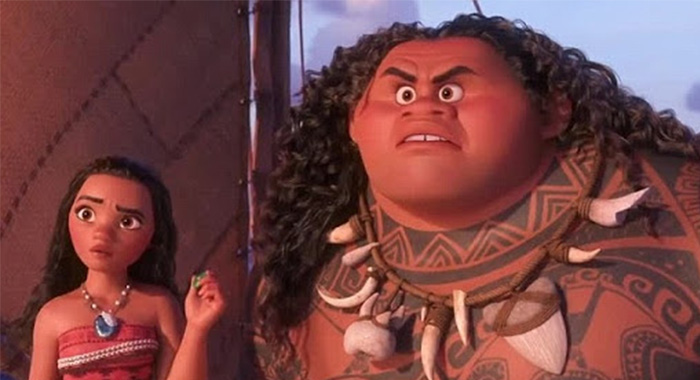
Walt Disney Pictures/Walt Disney Animation Studios
Another Disney movie, this one more recent: Moana is a departure from traditional Disney fare in that the eponymous character isn’t looking for a “handsome prince.” Some of us on the spectrum are less interested in dating and marriage than other people, and it’s very appealing and empowering to be able to watch a strong, young-adult female lead who isn’t concerned about such matters. She’s more interested in learning how to voyage the seas. She does meet a man along the way — the demigod, Maui — but he becomes her friend, and serves as an entertaining comic foil.
Willy Wonka and the Chocolate Factory
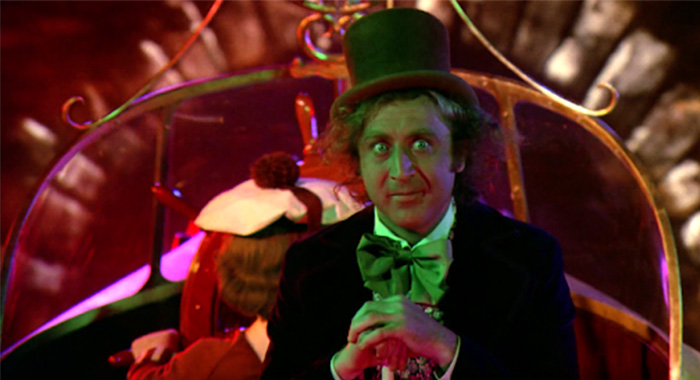
Wolper Pictures/The Quaker Oats Company/Paramount Pictures
Kids of every generation since its release have seen Willy Wonka and the Chocolate Factory, but if your child hasn’t, now is the time to introduce them to this classic. Much like Doc Brown in Back to the Future, Willy Wonka is an eccentric, colorful character who has a rich internal world. This world, of course, manifests itself in the theme-park-like chocolate factory, complete with a chocolate river, Oompa-Loompas, and geese that lay golden eggs.
Frozen
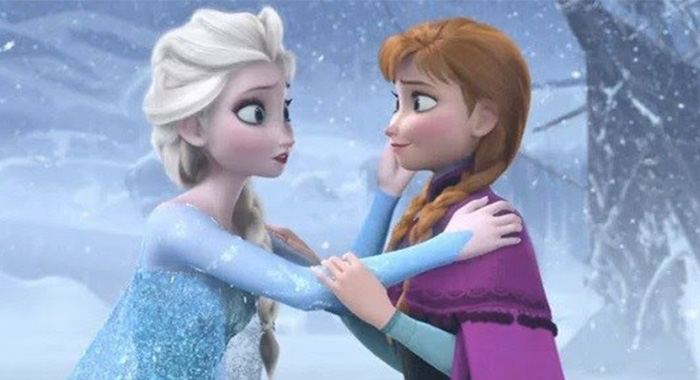
Walt Disney Pictures/Walt Disney Animation Studios
If your child hasn’t yet seen this modern Disney classic, make sure they do! Like Moana, Frozen is a departure from the traditional fall-in-love-and-get-married Disney fare. Instead, it focuses on the relationship between the two sisters, Elsa and Anna. Many people on the spectrum have actually commented that Elsa’s famous “Let it Go” sequence is an allegory for “coming out” as autistic. That is, no longer pretending to be neurotypical and just being who you are, no matter what anybody else thinks.
Pee-Wee’s Big Adventure

Aspen Film Society/Warner Bros.
Remember Pee-Wee Herman? Chances are that Pee-Wee’s Big Adventure is a movie your child hasn’t seen, but will love. In the first film directed by powerhouse Tim Burton, Pee-Wee’s Big Adventure tells the story of the man-child Pee-Wee Herman, who’s lost his beloved, souped-up bike and wants to get it back at all costs. I think Pee-Wee could be a very appealing character to an autistic child because, like the other aforementioned colorful characters, he makes broad gestures that are easy to interpret. But most of all, he’s silly, odd, and fun. Plus, a child on the spectrum might appreciate the lengths Pee-Wee will go to get his bike back — because he wants that bike, not a boring, run-of-the-mill one. And don’t forget all the goofy antics Pee-Wee likes to engage in, such as taping up his face in the morning!
The Nightmare Before Christmas
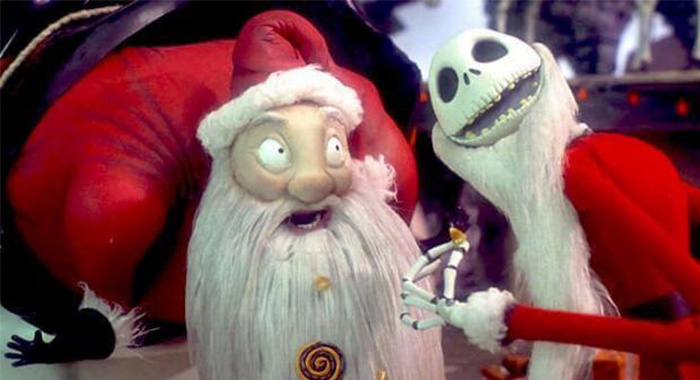
Touchstone Pictures/Skellington Productions
Speaking of Tim Burton, did you know that he has actually stated that he believes himself to be on the autism spectrum? Well, his movies certainly reflect a unique inner world, don’t they? And one of his most famous, The Nightmare Before Christmas, is no exception. This story takes place in a magical land called “Halloween Town.” The main character, Jack Skellington — an undead skeleton — is in charge of preparing Halloween every year for the town. But then he discovers Christmas Town and wants to create his own Christmas. What could possibly go wrong?
The Addams Family (rated PG-13)
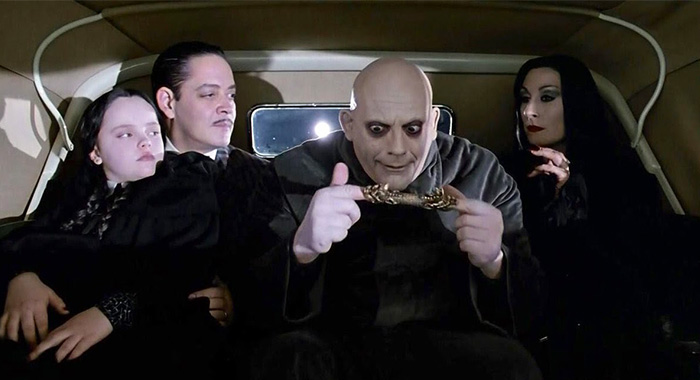
Paramount Pictures
This 1991 live-action adaptation of Charles Addams’s ghoulish characters was among my favorites as a kid. And for a child who feels different, what could be more appealing than not one unusual character, but an entire family of them? For starters, there’s goofy Uncle Fester, the “fun uncle” of the group; Cousin Itt, who is made entirely of hair; and Thing—a disembodied hand! And what about the matriarch of the family, Morticia, who snips those icky rosebuds off of her rose bushes?
Note: This film is rated PG-13 and might be frightening for younger children. I recommend it for ages 10 and older.
Edward Scissorhands (rated PG-13)

Denise Di Novi/Tim Burton/20th Century Fox
Another Tim Burton classic, Edward Scissorhands is often interpreted by people in the autism community as an allegory for being on the autism spectrum. And it makes sense, since Tim Burton has said that he believes himself to be autistic. The main character, Edward, is a man with scissors for hands who tries to navigate a world that most people take for granted. His hands, of course, make that difficult — and yet they also are the source of his talents in sculpting and in styling hair — and this is where the perceived allegory and metaphor come in. With his hands having the ability to hurt when he only intends a gentle touch, I personally found Edward’s predicament relatable. Perhaps your child will too.
Note: This film is rated PG-13 and might be frightening for younger children. I recommend it for ages 10 and older.
Dancer in the Dark (rated R)
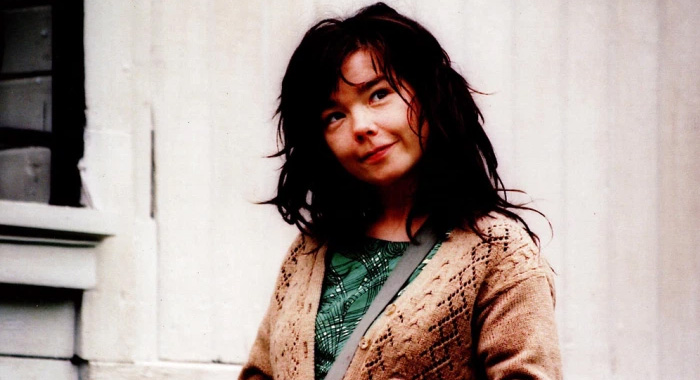
Zentropa Entertainments/Canal+/FilmFour/France 3 Cinéma
Dancer in the Dark is perfect for older kids on the spectrum. This long-forgotten 2000 independent film stars a character who practically lives inside her head full-time. She was not likely written to be on the autism spectrum (very few people in 2000 knew about it), but her inner world of musicals reminds me of the way I would retreat into my own mind in high school when life got overwhelming or upsetting. It’s a very intense movie about a very intense — and interesting — character.
Note: This film is rated R and contains some graphic scenes involving death that would be disturbing to many people, including most young children. I recommend it for kids who are high school-aged or older.

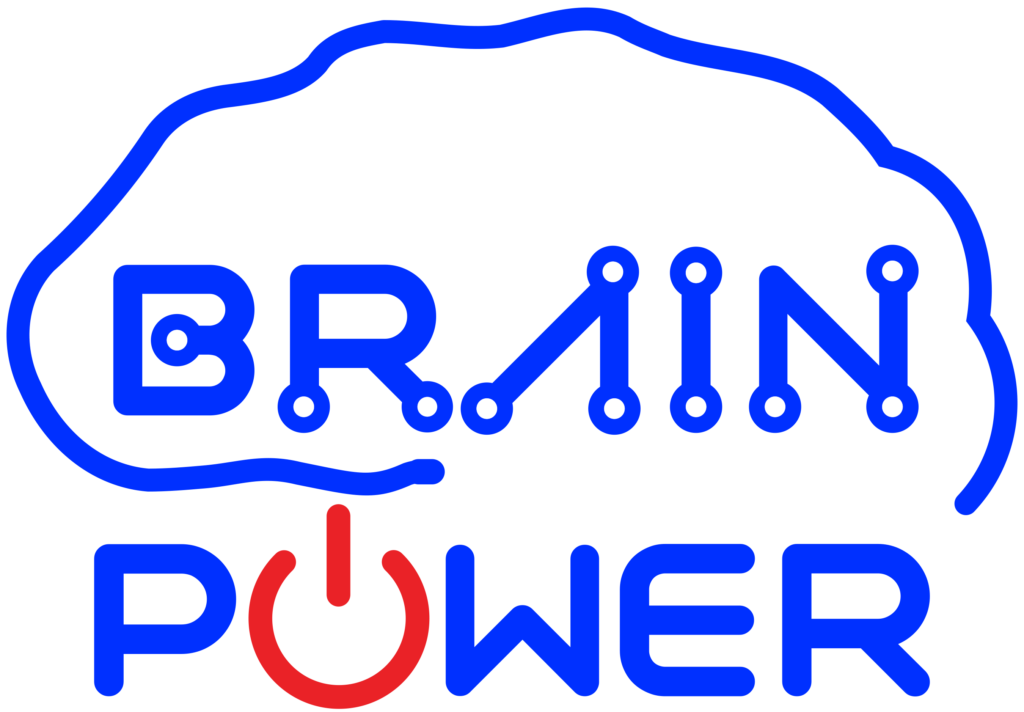
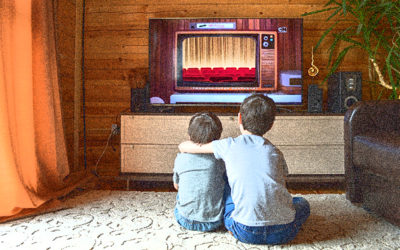
Thanks so much for this it is really helpful!
My adult daughter with PDD loves the movie “RIO”. She watches it over and over, and likes to talk about the characters.
My students love lilo and stitch that movie will never get old.